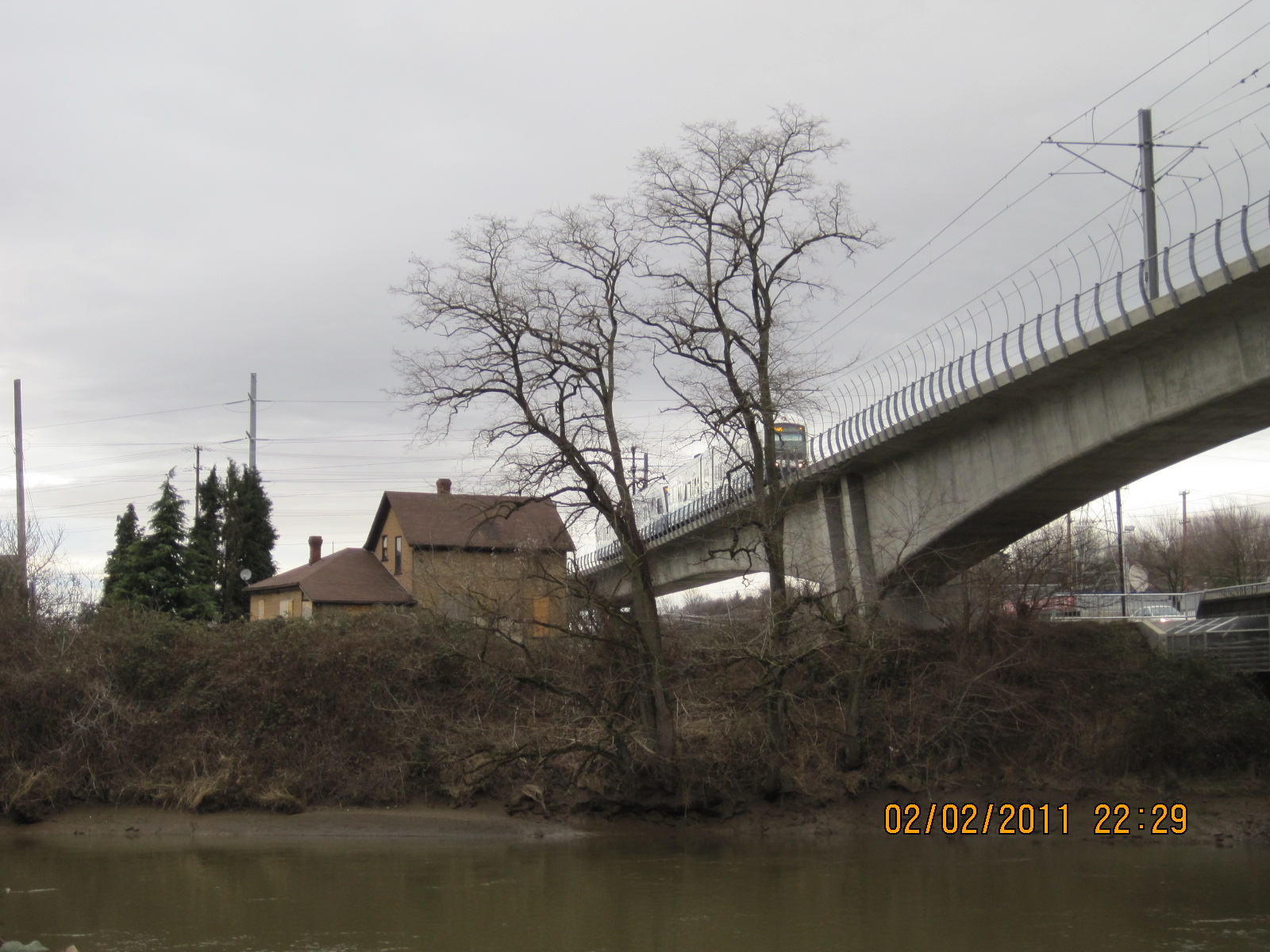At their best, author events are the writer’s chance to meet the reading audience, the people who like what you like and read what you write. At their worst, the events are awkward, sparse, and embarrassing, both for the browser and the author. We sit behind tables, our book covers marketing our wares. We’re usually willing to talk, and we’d be happy with just talk most of the time, even if we don’t sell a book. On the other side of the table, however, browsers often want to browse without having to engage a garrulous writer. I’m always grateful when someone wants to talk.
Last summer I was part of Authors Night at the annual conference of the Oregon-California Trails Association, known as OCTA. OCTA folk like to follow and mark trails, particularly the Oregon Trail and its offshoots. I went along on several outings of the Northwest chapter as I was researching Hiking Washington’s History. They led me to markers for the Mullan Road, to campsites of the Lewis and Clark expedition, to wild onion fields on the Umatilla reservation, to remnants of the Cowlitz Trail from the Columbia River to Puget Sound. Much of the time we were driving and communicating by walkie-talkie, but we stopped to walk in historic paths when they were known and accessible. I owe these folks—Tuck and Kay Forsythe, Lethene Parks, Susan and Chuck Hornbuckle, Don Popejoy—for their local and persistent research into their favorite historic trails.
So I sat there behind a pile of books waiting for friends and comments, and they came: a woman who claimed Cape Flattery as her favorite place in the world and told me of watching birds of prey circling the caves of the cliffs there on their March migration. I’ve been to Cape Flattery three times (named by Captain Cook who “flattered” himself he would find a safe harbor there); it is never a safe harbor and must be especially unnerving in March.
I met a couple from Lacey, WA who lead hikes on the Naches Pass Trail, a cut-off from the Oregon Trail that led over the Cascade Mountains north of Mt. Rainier. They are advocating for its placement on the National Register of Trails, which would not save it from wheeled incursions but might force some respect. A woman from Starbucks, Washington, which I have been to, shared her enthusiasm for the Mullan Road. I sat at a table next to Brooks Geer Ragen whose new book, The Meek Cutoff, Tracing the Oregon Trail’s Lost Wagon Train of 1845, drew much interest.
In my own browsing of the tables I found historic trails in other parts of the country—the Cherokee Trail—and a hiker/writer planning to produce video of himself hiking the Oregon Trail for an adventure cable station. My raffle ticket won two bottles of Ellensburg wine. So although I didn’t sell many books—these folks already had it—the evening was a quiet success, which is often the best kind.
 In late August 2015 I was biking along the Duwamish/Green River Trail and noticed earth-pushers at work across the river where the Carosino farmhouse used to be. The Carosinos were among the Italian truck farmers who first settled along the Duwamish in the late 1800s and eventually raised corn, pumpkins, radishes, and other vegetables to sell at the Pike Place Market. The farmhouse had stood along the path of Sound Transit light rail but survived that construction. Where had it gone?
In late August 2015 I was biking along the Duwamish/Green River Trail and noticed earth-pushers at work across the river where the Carosino farmhouse used to be. The Carosinos were among the Italian truck farmers who first settled along the Duwamish in the late 1800s and eventually raised corn, pumpkins, radishes, and other vegetables to sell at the Pike Place Market. The farmhouse had stood along the path of Sound Transit light rail but survived that construction. Where had it gone? am working on a new book, a history of Washington told through the history of the state’s major cities. I’m doing a lot of walking, early in the morning when the homeless are still huddled under blankets on benches, on rainy afternoons when awnings are welcome, and sometimes along a sunny waterfront. I am visiting museums, historical societies, libraries, and
am working on a new book, a history of Washington told through the history of the state’s major cities. I’m doing a lot of walking, early in the morning when the homeless are still huddled under blankets on benches, on rainy afternoons when awnings are welcome, and sometimes along a sunny waterfront. I am visiting museums, historical societies, libraries, and coffee shops, talking to anyone I encounter.
coffee shops, talking to anyone I encounter.